Marketing Uber Alles. Or, If You're Detroit, Not.
Over at The Huffington Post, ad man Adam Hanft argues that “Lousy Marketing – Not Lousy Cars – Killed Detroit.” Like most experts (and Buickman), Hanft suffers from blaming the bit he knows best (if you’re a hammer…). But he makes some good points. If Wal-Mart catches flack for paying so little, then why didn’t Detroit seek positive PR for paying too much? More broadly, Detroit’s ads have long been forgettably mediocre (at best) thanks to a stifling creative process. Many ads have targeted an America that no longer exists, if it ever did. Ditto Detroit’s un-fun dealerships. Sure, those for imports have often been at least as bad, but this gave Detroit an opening. Which it failed to take advantage of. Add numerous PR blunders to the mix, along with improving reliability scores, and it’s easy to see why Hanft blames marketing. Except that there’s more to cars than not breaking, and the cars have also had shortcomings. The problem hasn’t been the cars or the marketing. It has been both.
Michael Karesh lives in West Bloomfield, Michigan, with his wife and three children. In 2003 he received a Ph.D. from the University of Chicago. While in Chicago he worked at the National Opinion Research Center, a leader in the field of survey research. For his doctoral thesis, he spent a year-and-a-half inside an automaker studying how and how well it understood consumers when developing new products. While pursuing the degree he taught consumer behavior and product development at Oakland University. Since 1999, he has contributed auto reviews to Epinions, where he is currently one of two people in charge of the autos section. Since earning the degree he has continued to care for his children (school, gymnastics, tae-kwan-do...) and write reviews for Epinions and, more recently, The Truth About Cars while developing TrueDelta, a vehicle reliability and price comparison site.
More by Michael Karesh



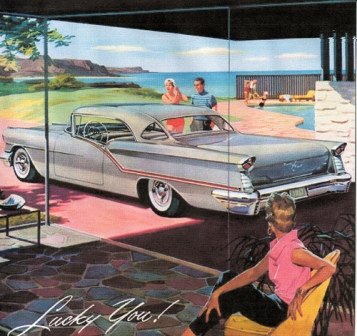
















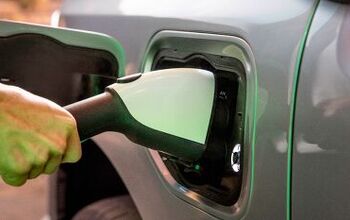


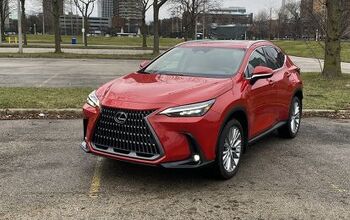

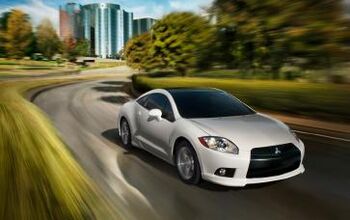

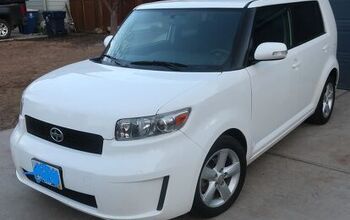
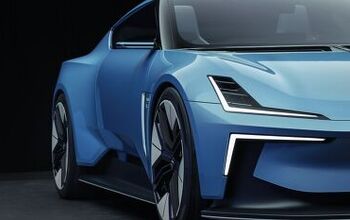
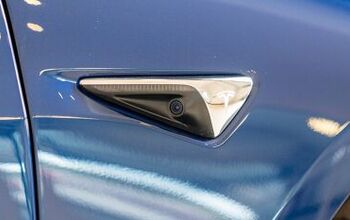
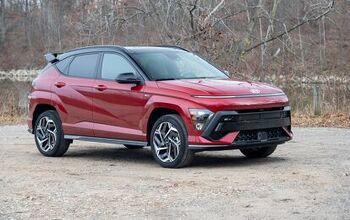



Comments
Join the conversation
RE: The Hyundai example of turning around consumer perception While Hyundai sold junk when they entered this market, their sales numbers were nowhere near what the Detroit 3 were selling in the 1980s and 1990s when they were busy pissing off all those folks who now won't step foot in a domestic dealer. Most consumers who buy Hyundais these days don't even know what kind of junk they started out with. Hyundai entered the US market in 1986. Sales peaked in '88 at 264,000 but declined rapidly as people got turned off by poor quality, and dropped to less than 110,000 cars a year until they turned things around with better designs and better quality. Compare that to the millions of cars sold each year by the domestics. The domestic disenchanted a larger number of people over a much longer period of time than Hyundai. I'm not saying that better warranties won't help, I'm just saying that domestics have a much steeper and higher hill to climb. Still, there's some hope. There's something I like to refer to as the "Trini & Carmen's" theory. It's a variant on there's no such thing as bad publicity. There's a Mexican restaurant in suburban Detroit named Trini & Carmen's. They do pretty well these days. I like to ask people if they've ever heard of them. Usually people say, yeah, I've heard the name. The thing is that they don't remember the context in which they heard the name, a 1977 incident that put 59 people in the hospital due to botulism poisoning by some home-canned peppers. It was a huge story 30 years ago. Now, people only remember that they recognize the name. GM didn't poison anyone, just people's attitudes about GM, so maybe they can turn their brands around. They're still the sales leader in the US so they do have something to build upon. Somebody will buy Hummer, Pontiac and any other brands that GM puts on the block.
Firt, there is more to marketing than just advertising. When thinking of the promotion portion, I can't really point to any particularly memorable ads by Toyota or Honda any more than I can anyone else. Frankly, their continuous "toyotathon" ads are tiring and hopelessly old-fashioned. Nearly every car company runs variations on the same themes: car driving on fantasy curvy road with no traffic, car driving in desert with no traffic but a nice plume of dust (that never sticks to the car), truck bouncing along dirt roads or rocks... with no traffic, car driver getting attention of fantasy hot spokesmodel, or car being driven by fantasy spokesmodel (or famous athlete) who, in real life, wouldn't be seen dead in said car. Yes, domestic auto advertising has been for the most part uninspired (except perhaps for those for Saturn by Hal Riney & Partners in the early days) but so have the campaigns for nearly everyone else as well. There are some exceptions (Mini, early VW, etc.) but they usually had products that were equally interesting or iconoclastic. One problem GM in particular has is that they have too many brands and products to support effectively with marketing dollars. Even though they spend a lot, they must have a dozen mid-sized cars to try to market while Toyota has 2. Additionally, many of the cars are nearly identical under the skin, so there is only so much advertising can to do set them apart. You may put lipstick on the pig, but consumers quickly find out it's still pork. Then, when it comes to distribution, they have too many dealers competing with one another. Saturn's real untold genius is in the way their dealer network was set up so that they don't have multiple Saturn "retailers" in the same town competing with one another on price. Otherwise, GM still has a dealer network sized for a 40%+ share of the market so all most shoppers see are ads reducing the brands to prices and starbursts. Saturn had decent marketing but it could only go so far after they were starved for new products to sell. Additionally, when it comes to the prices that that the OEMs set, they have basically gotten themselves into a ditch in which consumers are always waiting for the next round of discount programs. They can't figure out how to get out of their own hole. Frankly, this is also the case for some import brands. I can't think of a way to break this habit, either, frankly. Every time they try to stop there is too much pressure to meet the monthly sales quota and they go back to the tried and true. If the local furniture store has a huge blowout sale every weekend, it's no wonder that nobody shops on Wednesdays and the whole idea of a retail price becomes laughable.